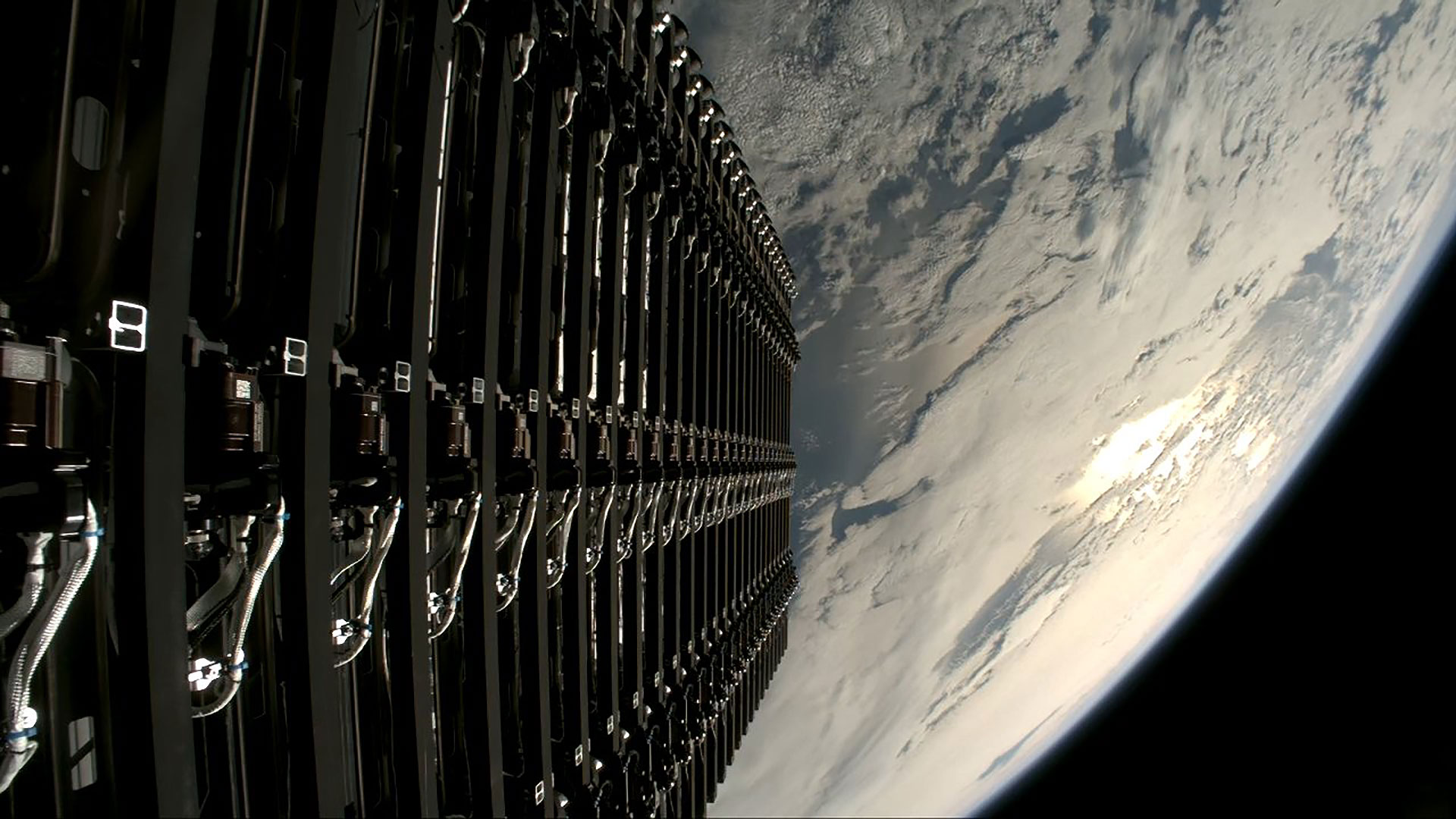Robert Lea is a science journalist in the U.K. whose articles have been published in Physics World, New Scientist, Astronomy Magazine, All About Space, Newsweek and ZME Science. He also writes about science communication for Elsevier and the European Journal of Physics. Rob holds a bachelor of science degree in physics and astronomy from the U.K.’s Open University. Follow him on Twitter @sciencef1rst.
Latest articles by Robert Lea
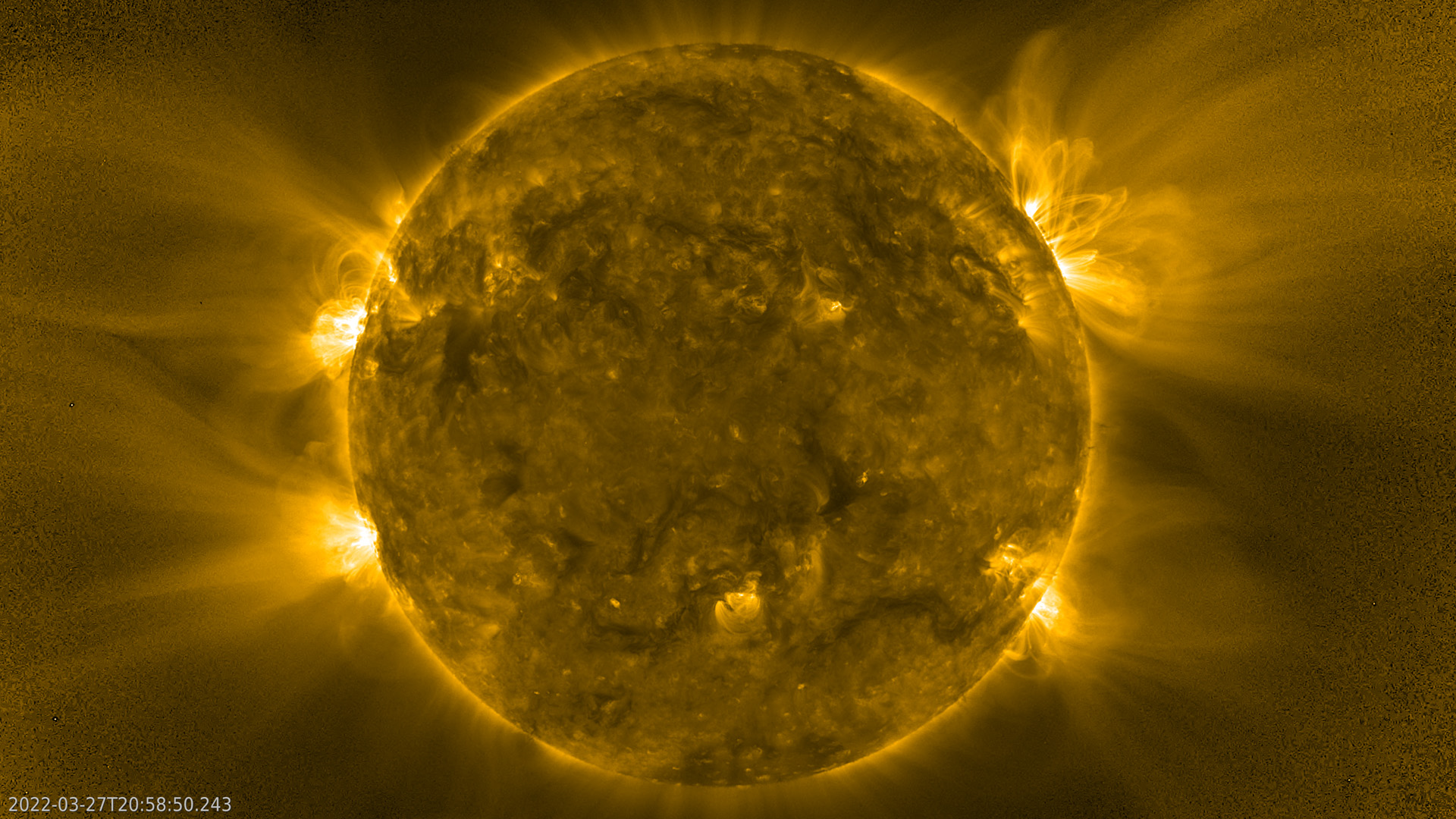
Scientists discover explosive origins of superspeed electrons streaming from the sun
By Robert Lea published
The Solar Orbiter spacecraft has tracked near-light-speed electrons back to the sun, finding two distinct families generated by solar flares and CMEs.
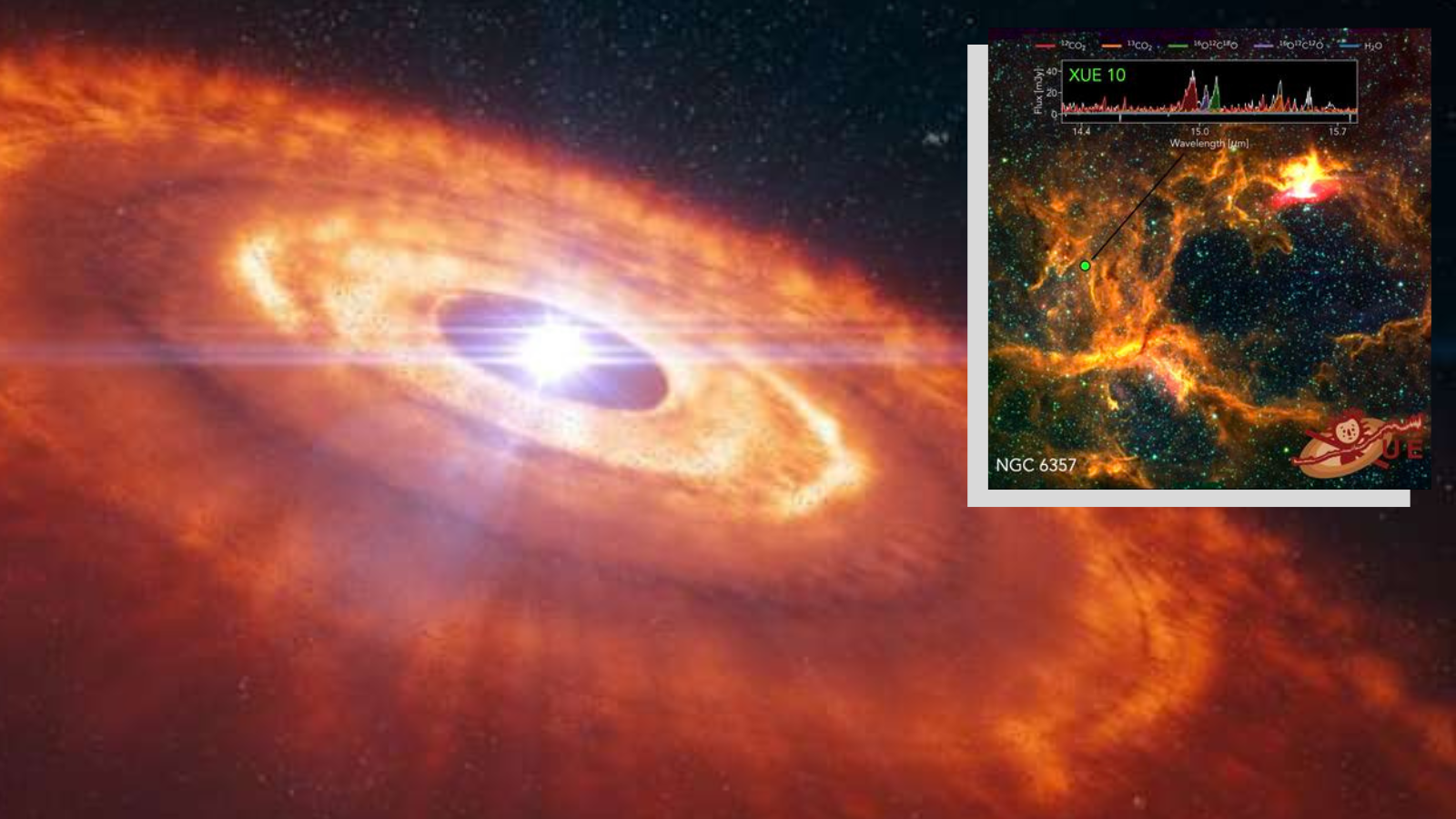
James Webb Space Telescope spots odd planet-forming disk around infant star
By Robert Lea published
The James Webb Space Telescope has observed a planet-birthing disk of gas and dust around a young star, uncovering some strange and unexpected chemistry.
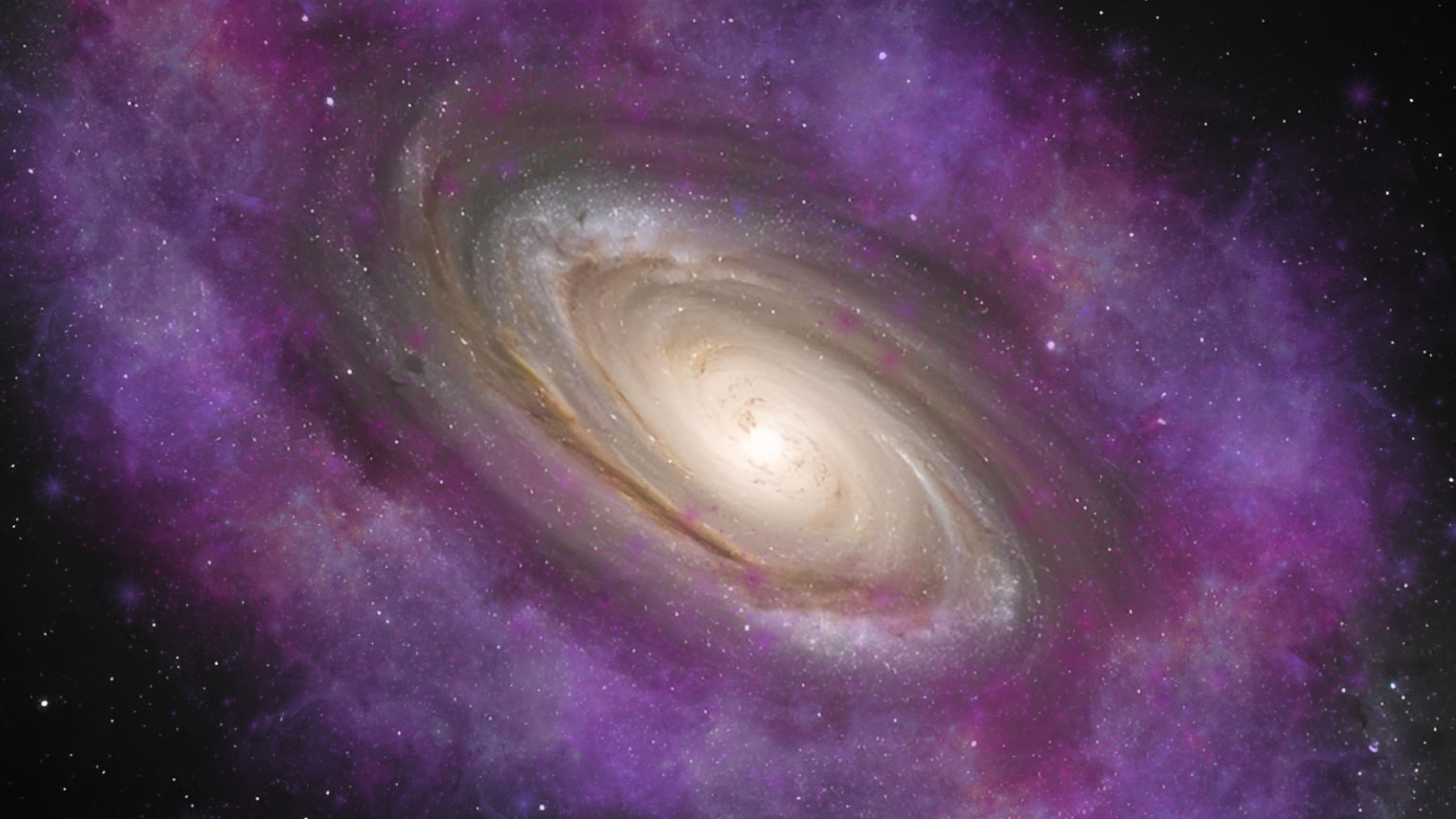
'We need to broaden our search, and now we can.' Scientists are set to unleash a powerful new weapon in the hunt for dark matter
By Robert Lea published
Scientists have retreated to deep beneath the French Alps to broaden the hunt for dark matter particles that could be "WIMPier than WIMPS."
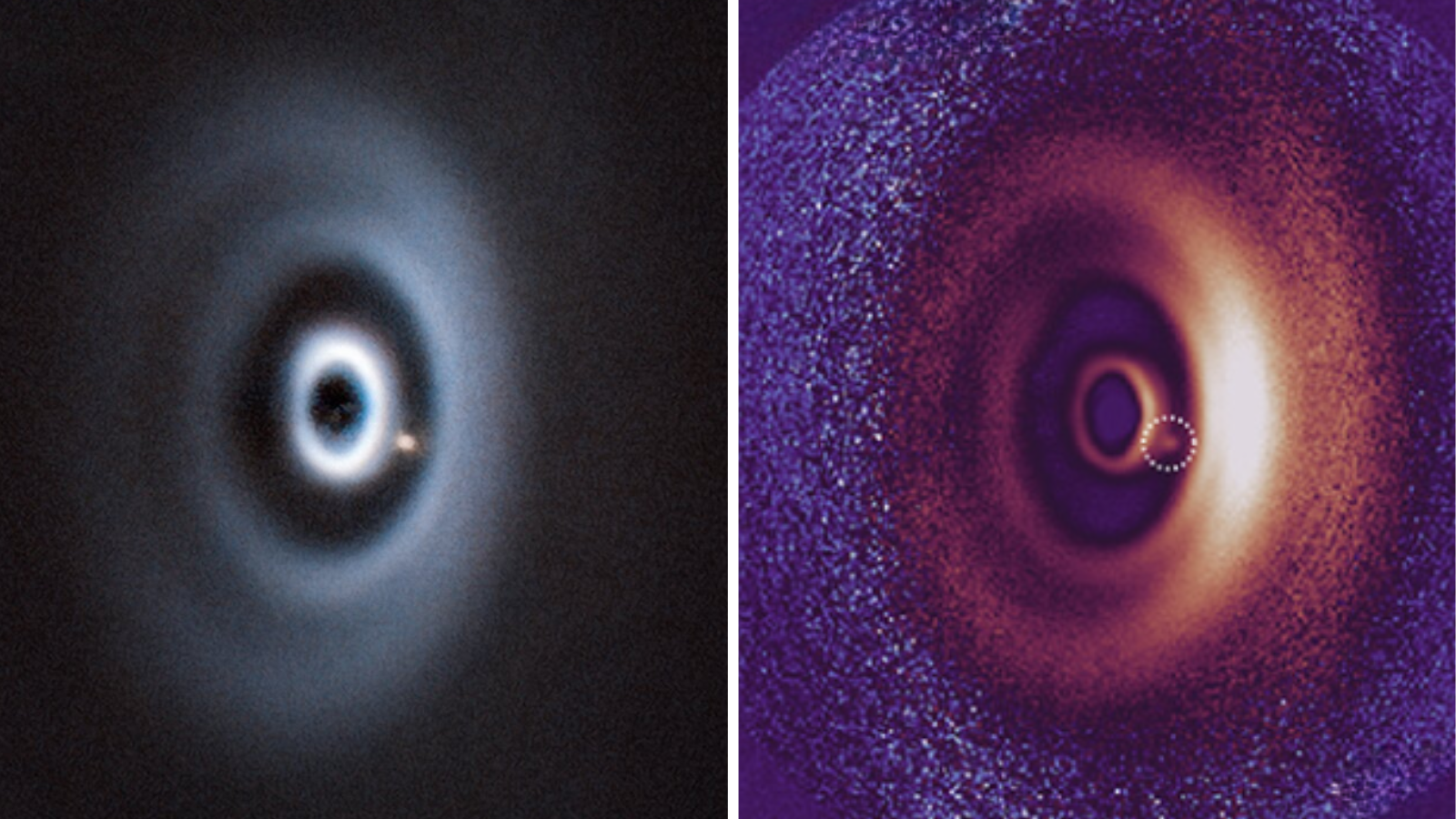
'A remarkable discovery': Astronomers find 1st exoplanet in multi-ring disk around star
By Robert Lea published
Astronomers are amazed to have discovered a baby exoplanet gobbling up matter around an infant star like a planetary Pac-Man.
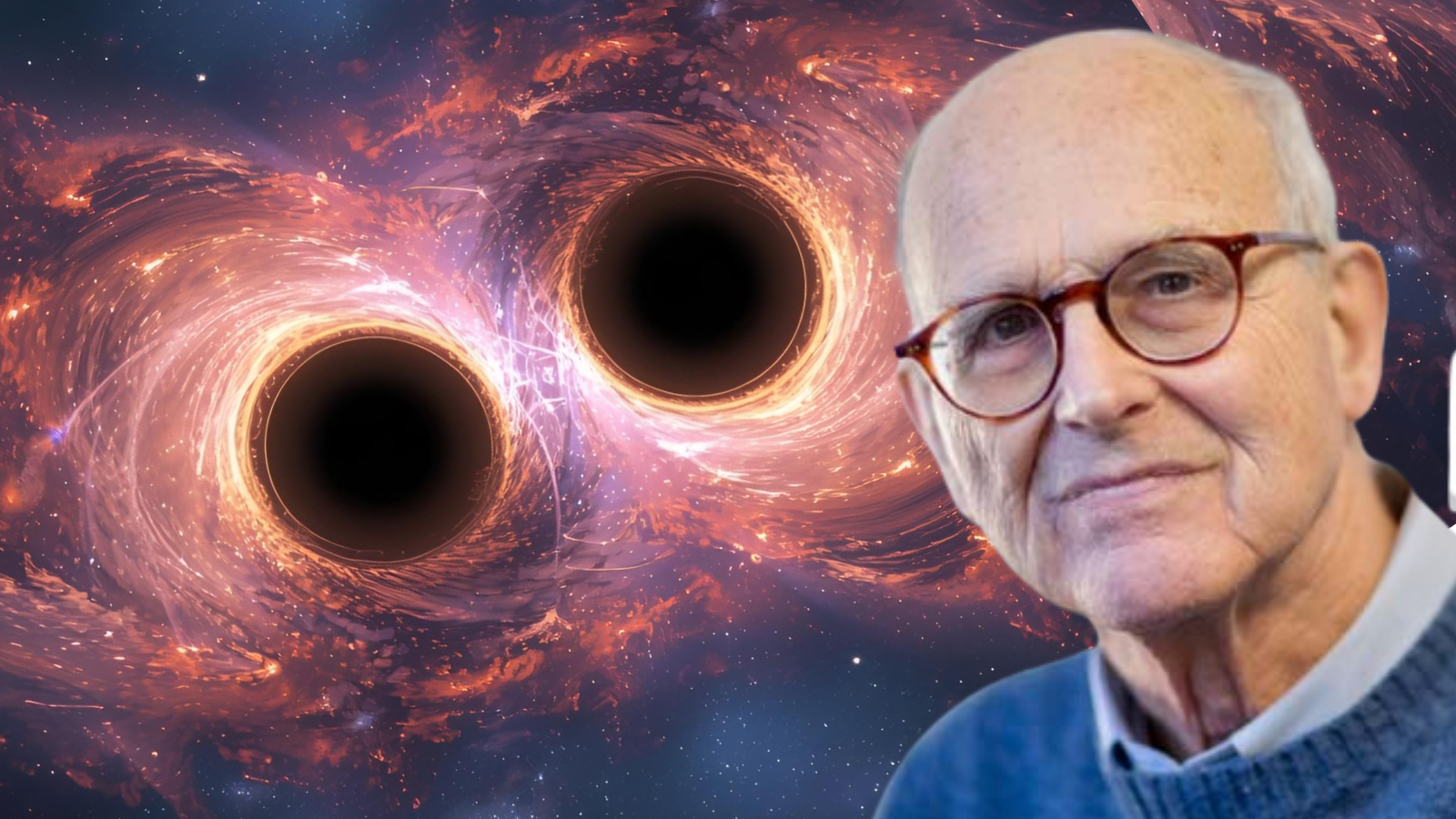
Nobel prize winner and gravitational wave pioneer Rainer Weiss dies at 92
By Robert Lea published
MIT professor, Nobel prize winner, and renowned astrophysicist Rainer Weiss has passed away at the age of 92.
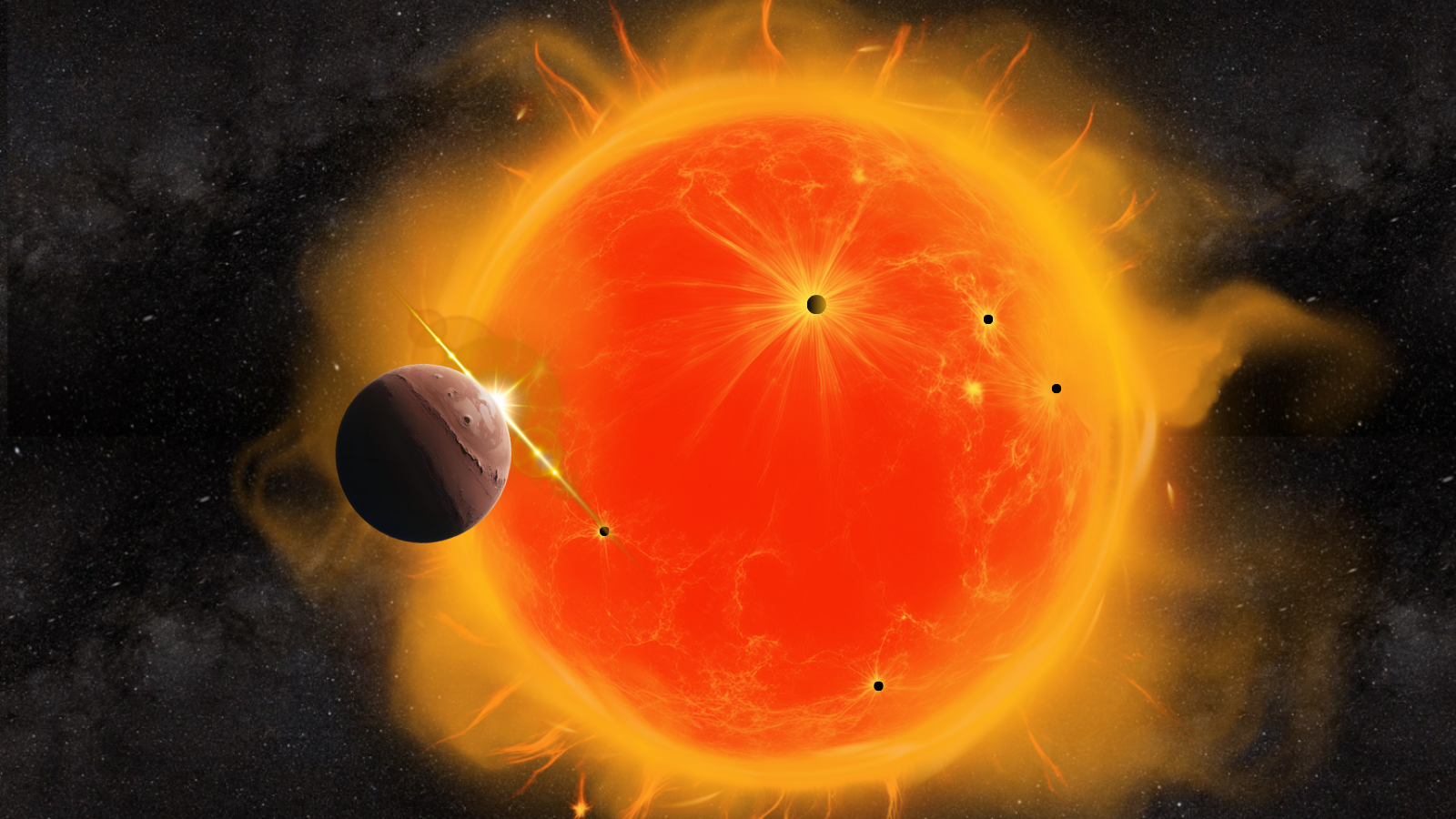
How scientists are using exoplanets to map out 'polka dots' on stars
By Robert Lea published
Scientists have developed a new technique that could help them understand "polka dot" stars using the transits of exoplanets.
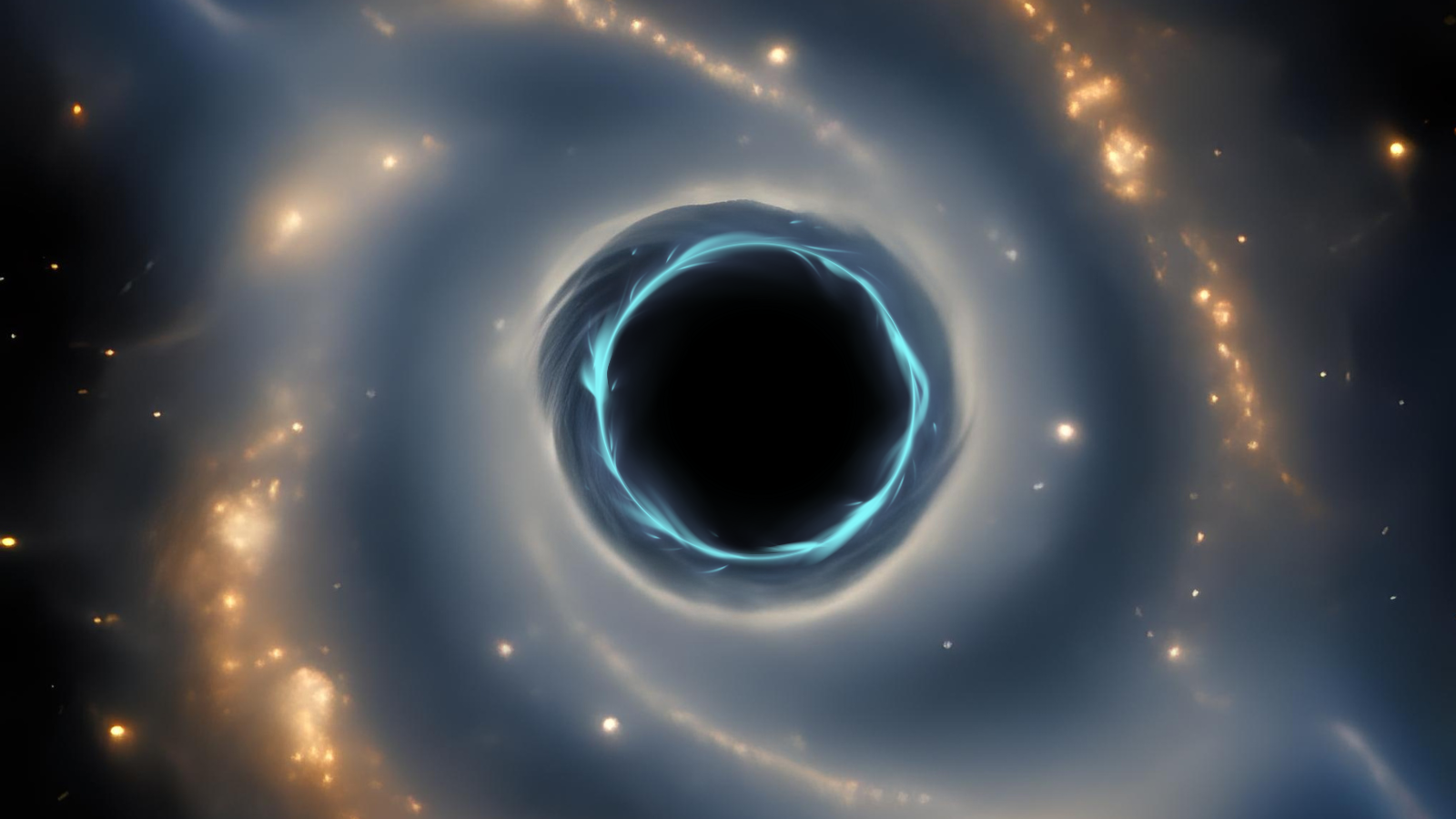
Warped spacetime with surprise 'double-zoom' reveals radiation around distant supermassive black hole
By Robert Lea published
A happy coincidence and a theory first put forward by Albert Einstein over 100 years ago helped scientists detect faint radiation around a distant supermassive black hole.
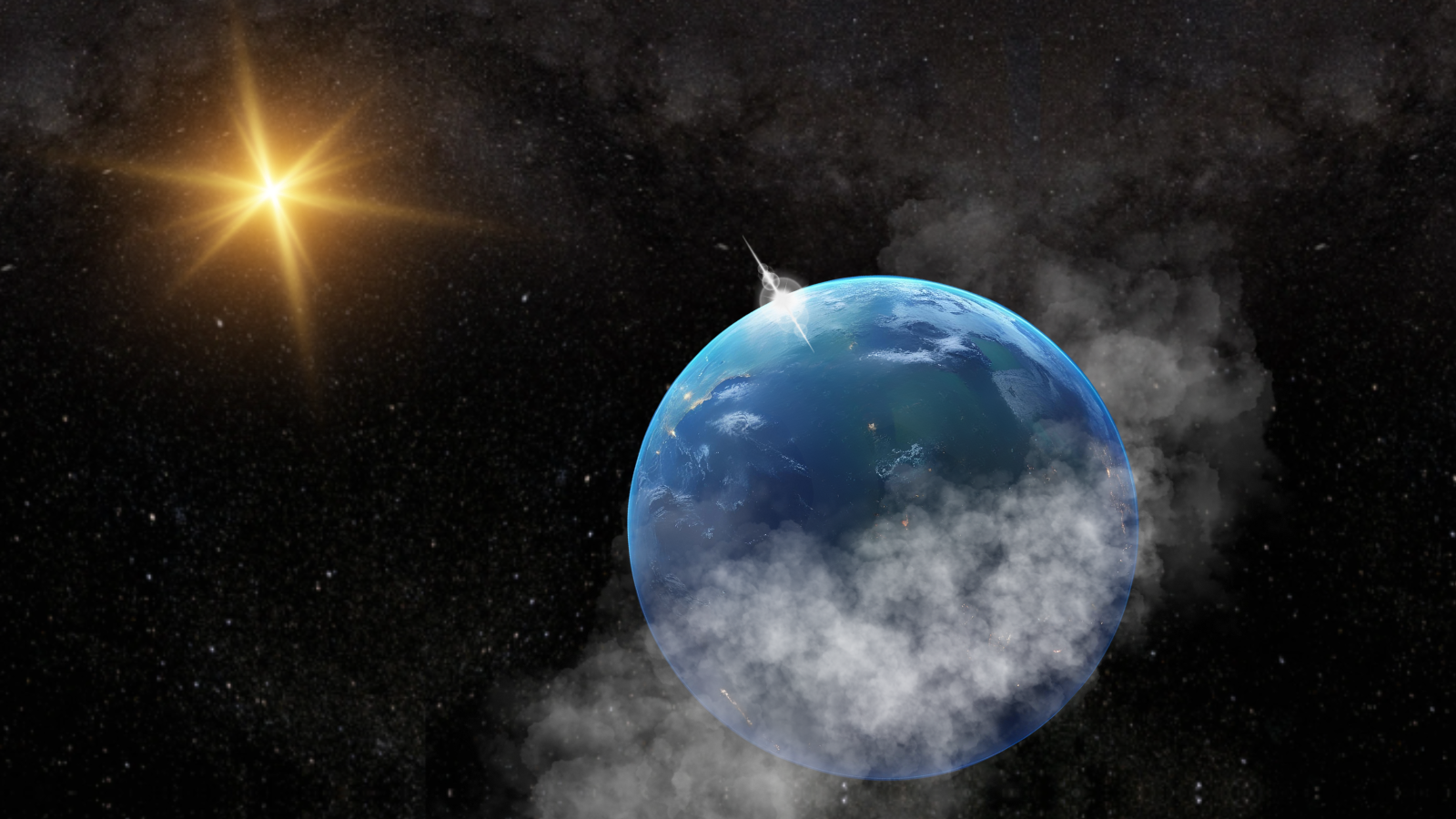
Exoplanets engulfed in steam are taking center stage in the search for life in our galaxy
By Robert Lea published
Scientists have developed a new and improved method to better understand "steam world" exoplanets, a move that could refocus the search for life.
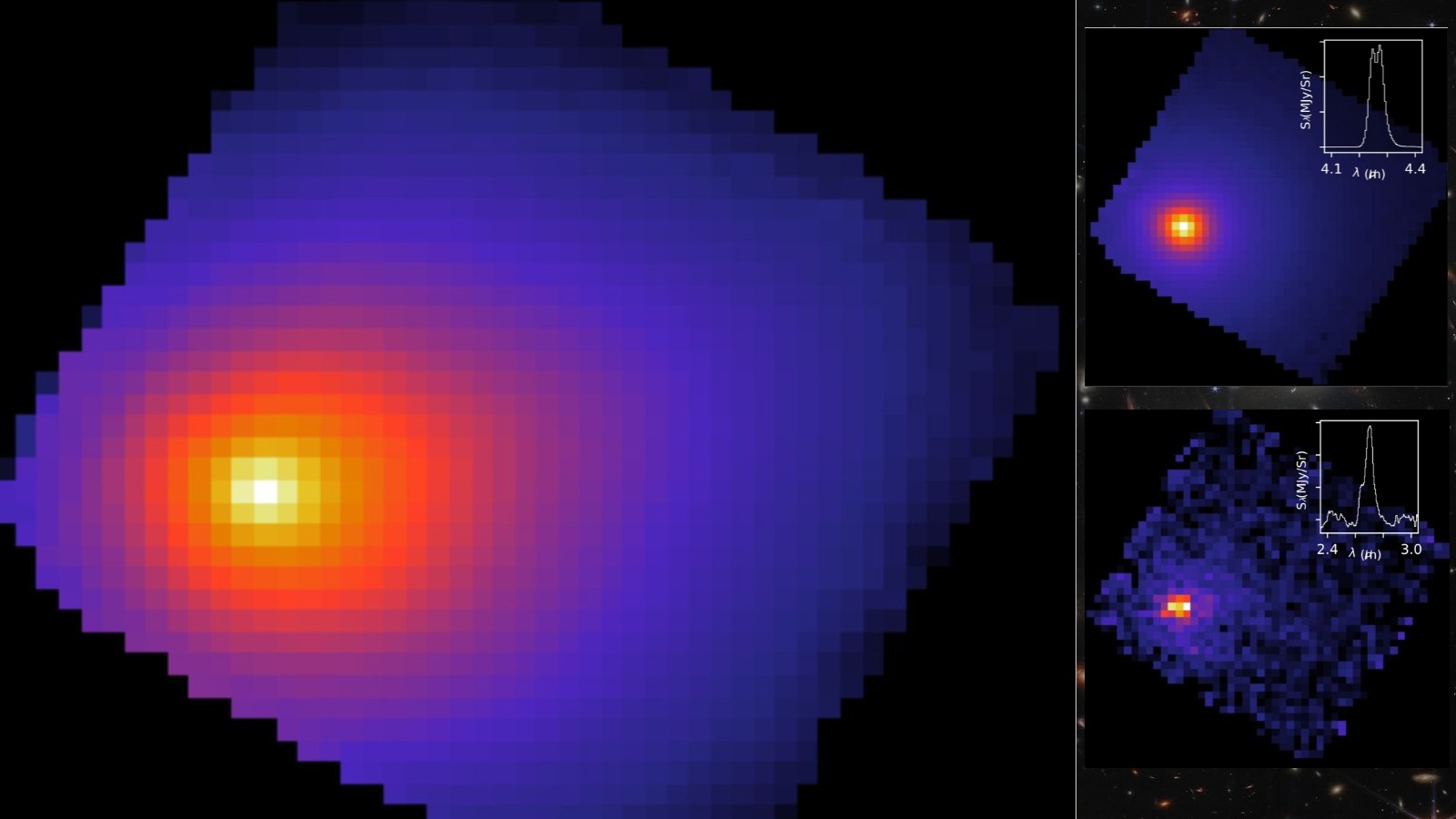
James Webb Space Telescope takes 1st look at interstellar comet 3I/ATLAS with unexpected results
By Robert Lea published
The James Webb Space Telescope has joined the study of the interstellar invader 3I/ATLAS, uncovering secrets that could reveal more about the planetary system in which it formed.

Dark matter could create black holes that devour exoplanets from within
By Robert Lea published
Dark matter could gather at the heart of Jupiter-sized worlds, eventually creating a black hole that eats its way out of its exoplanet host.
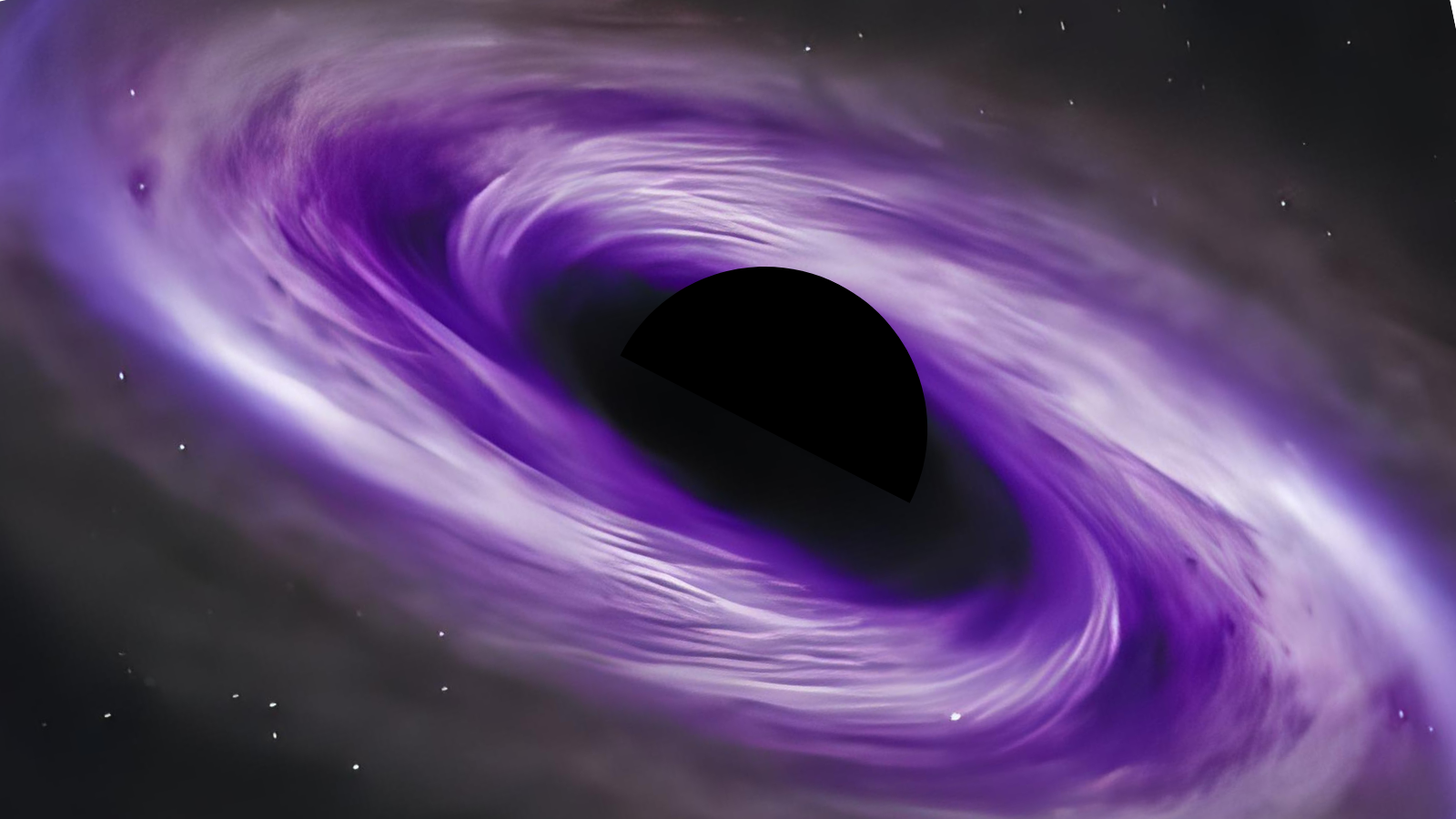
Black holes that transform matter into dark energy could solve 'cosmic hiccups' mystery
By Robert Lea published
If black holes are actually droplets of dark energy that convert stellar matter into this mysterious and dominant force, many "cosmic hiccups" could soon be cured.
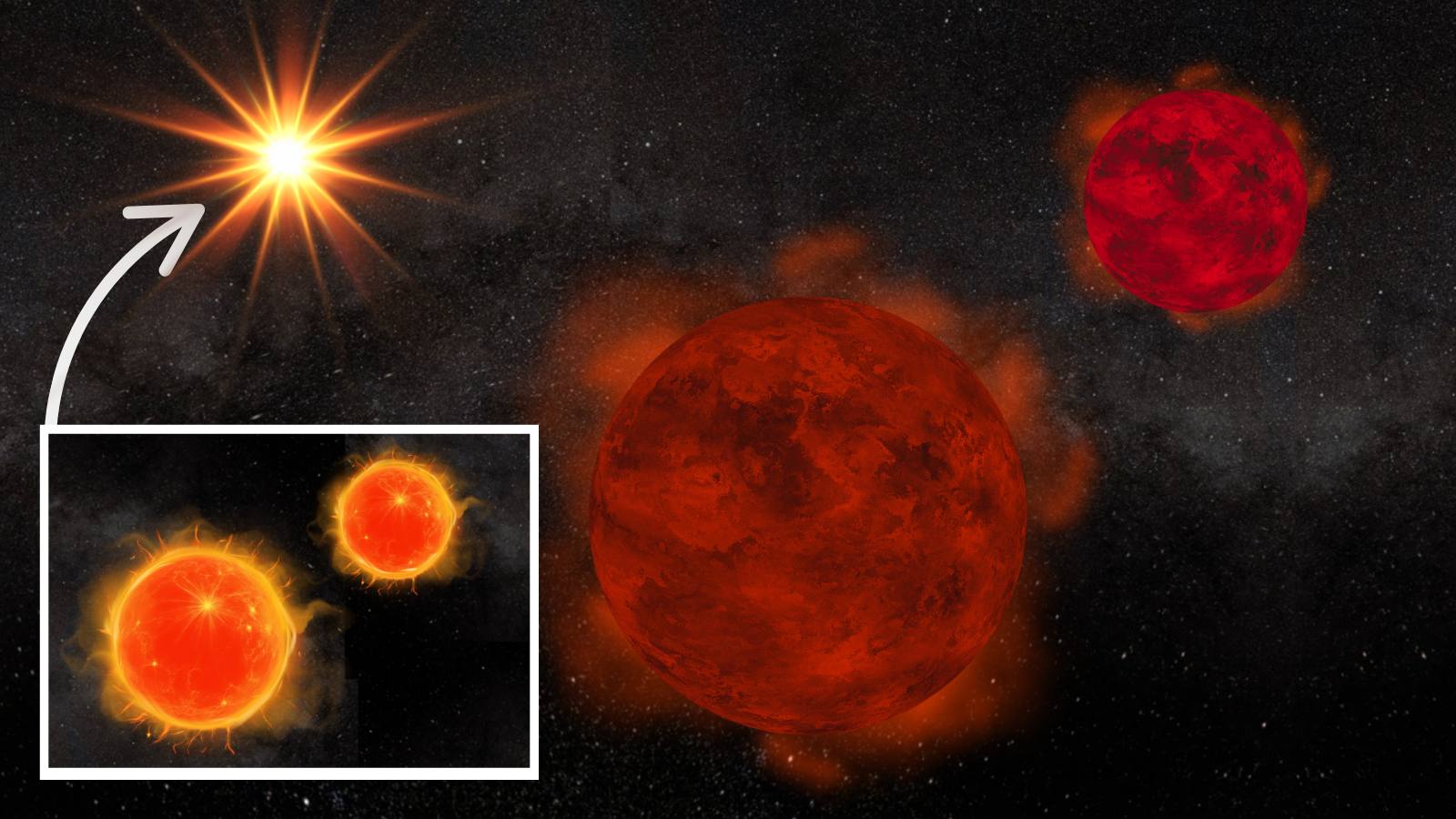
1st-of-its-kind quadruple star system could reveal secrets of 'failed star' brown dwarfs
By Robert Lea published
A rare quadruple star system with two brown dwarfs orbiting two red dwarf stars could help shed light on how these "failed stars" change with age.
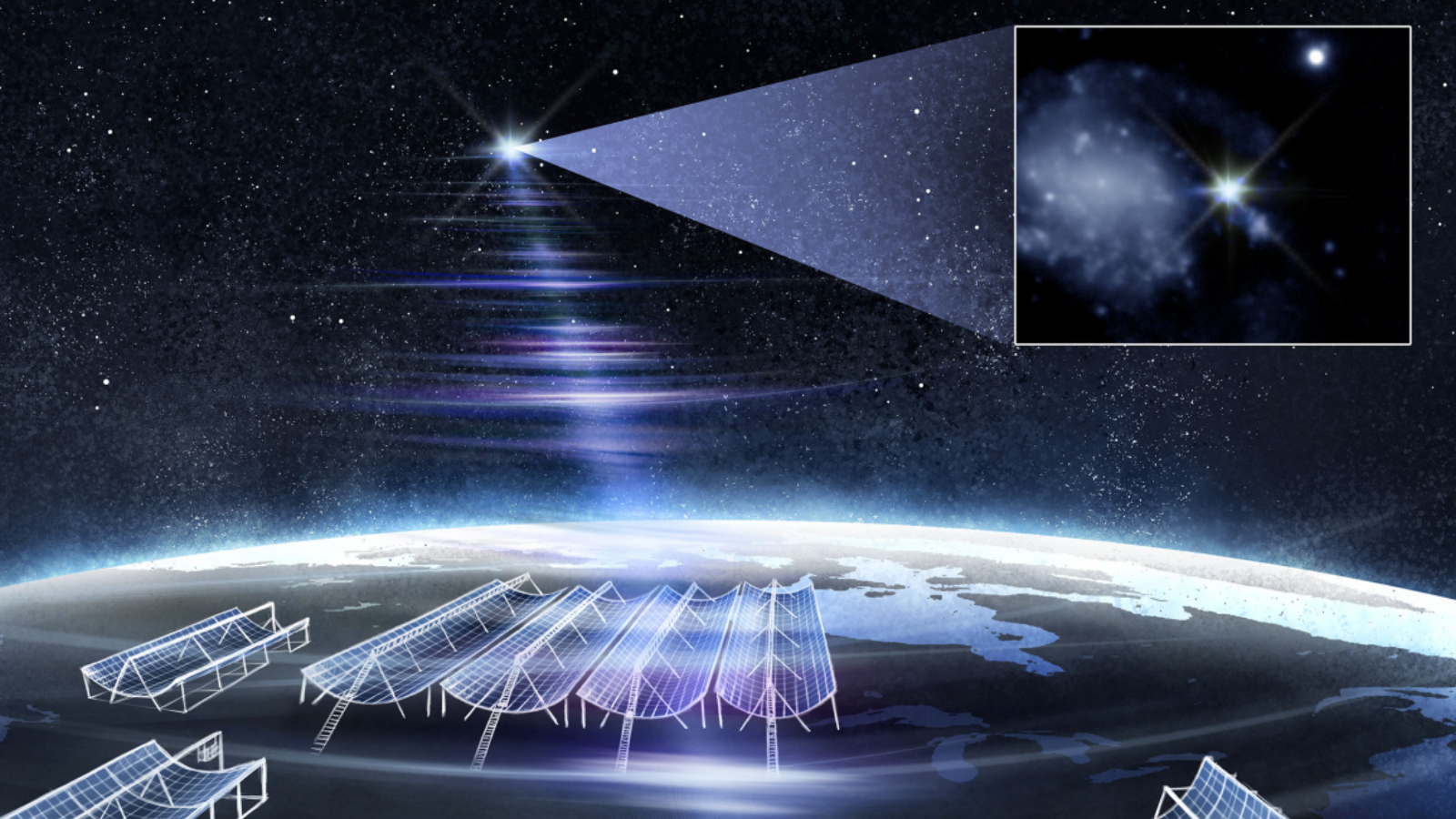
Astronomers discover brightest ever fast radio burst: 'This marks the beginning of a new era'
By Robert Lea published
Astronomers have spotted what could be the brightest Fast Radio Burst explosion of radiation ever, tracing it back to source and further investigating with the James Webb Space Telescope.
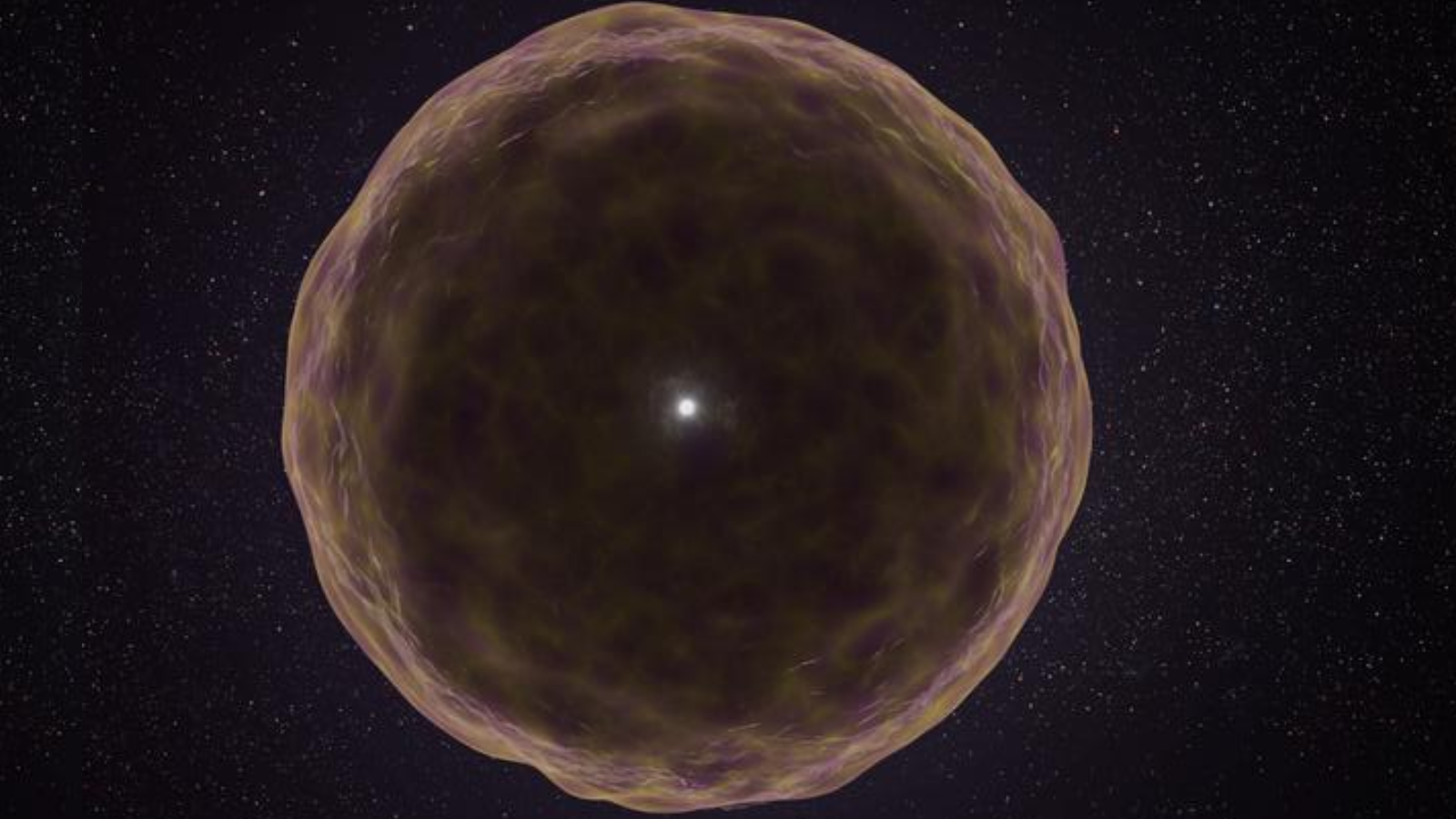
Astronomers discover strange new type of supernova: 'This is the first time we have seen a star that was essentially stripped to the bone'
By Robert Lea published
A weird and extremely violent new type of supernova in which a massive star was "stripped to the bone," offers a rare glimpse of the interior of a massive star prior to its death.
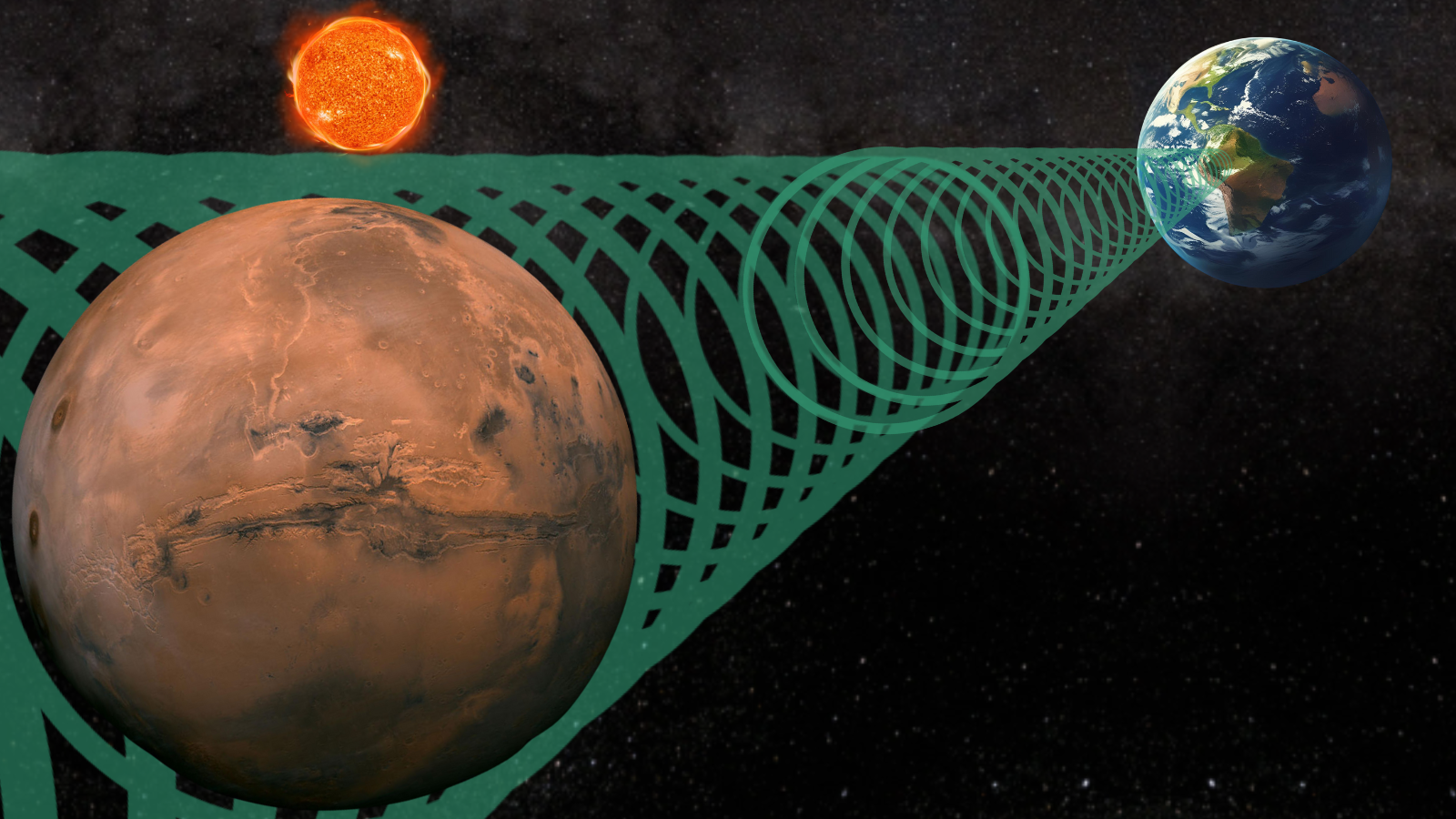
If aliens explore space like humans do, NASA scientists know where to look for their signals
By Robert Lea published
Studying the signals that humanity beams through the solar system has allowed a team of NASA researchers to pinpoint where and when astronomers should hunt for alien technosignatures.
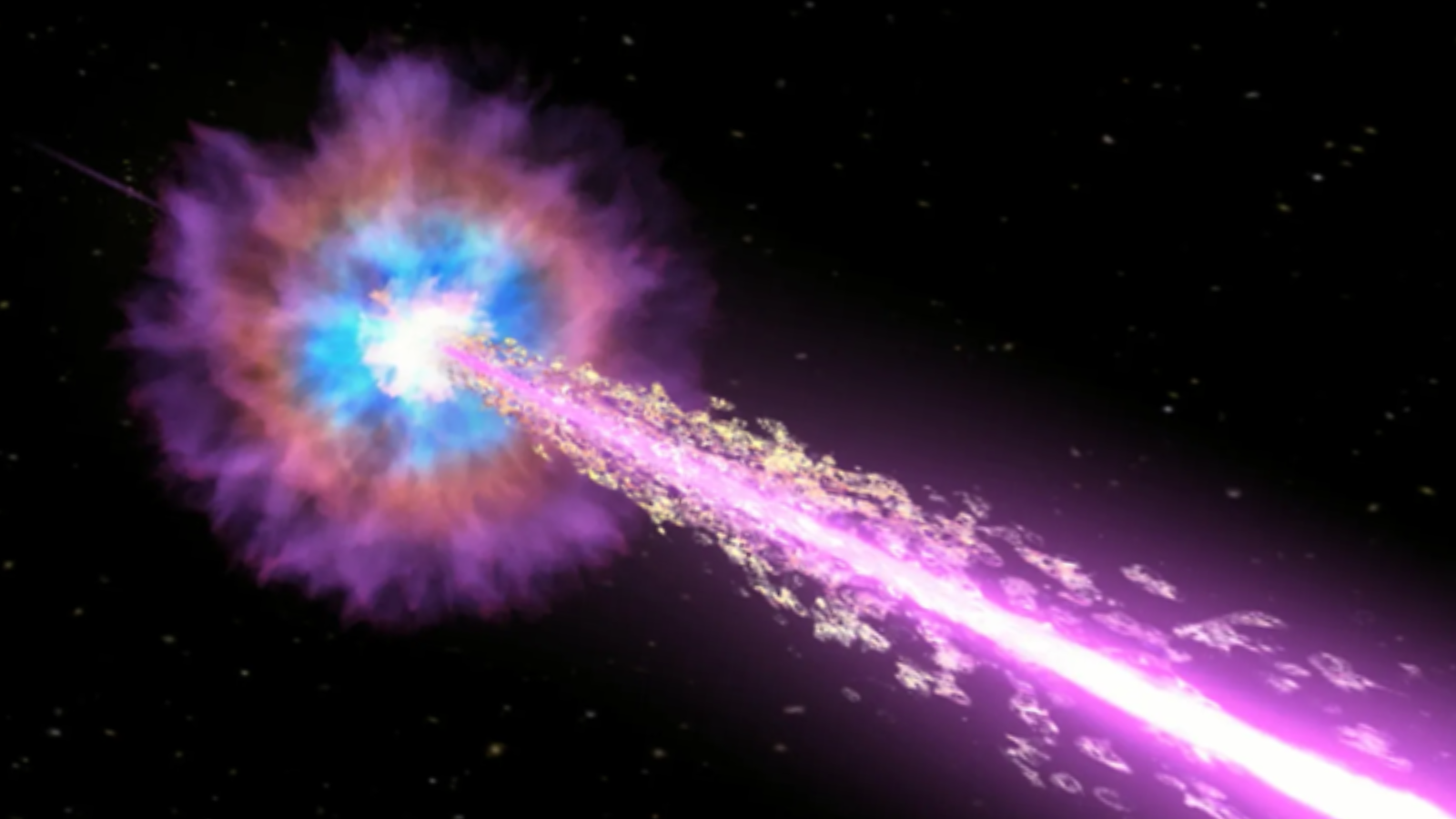
Astronomers trace massive cosmic explosion back 12 billion years. 'This is the most distant event where we can directly see light escaping from around stars'
By Robert Lea published
Astronomers used the Einstein Probe to track a powerful blast of X-rays back to its source in the early universe.
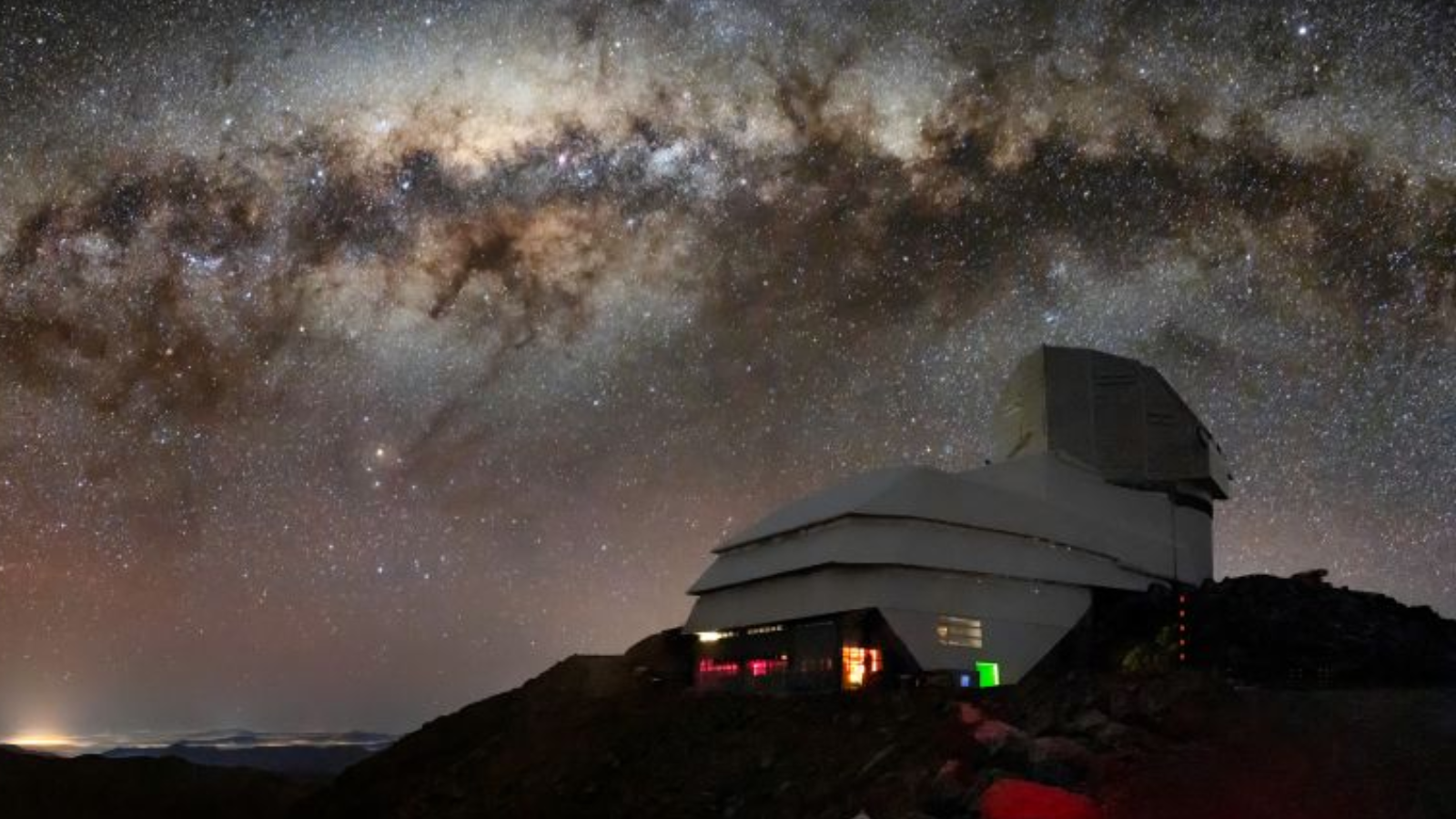
Vera C. Rubin Observatory: Everything you need to know
By Robert Lea last updated
The Vera C. Rubin Observatory has begun the 10-year-long Legacy Survey of Space and Time to investigate mysteries like the nature of dark energy.
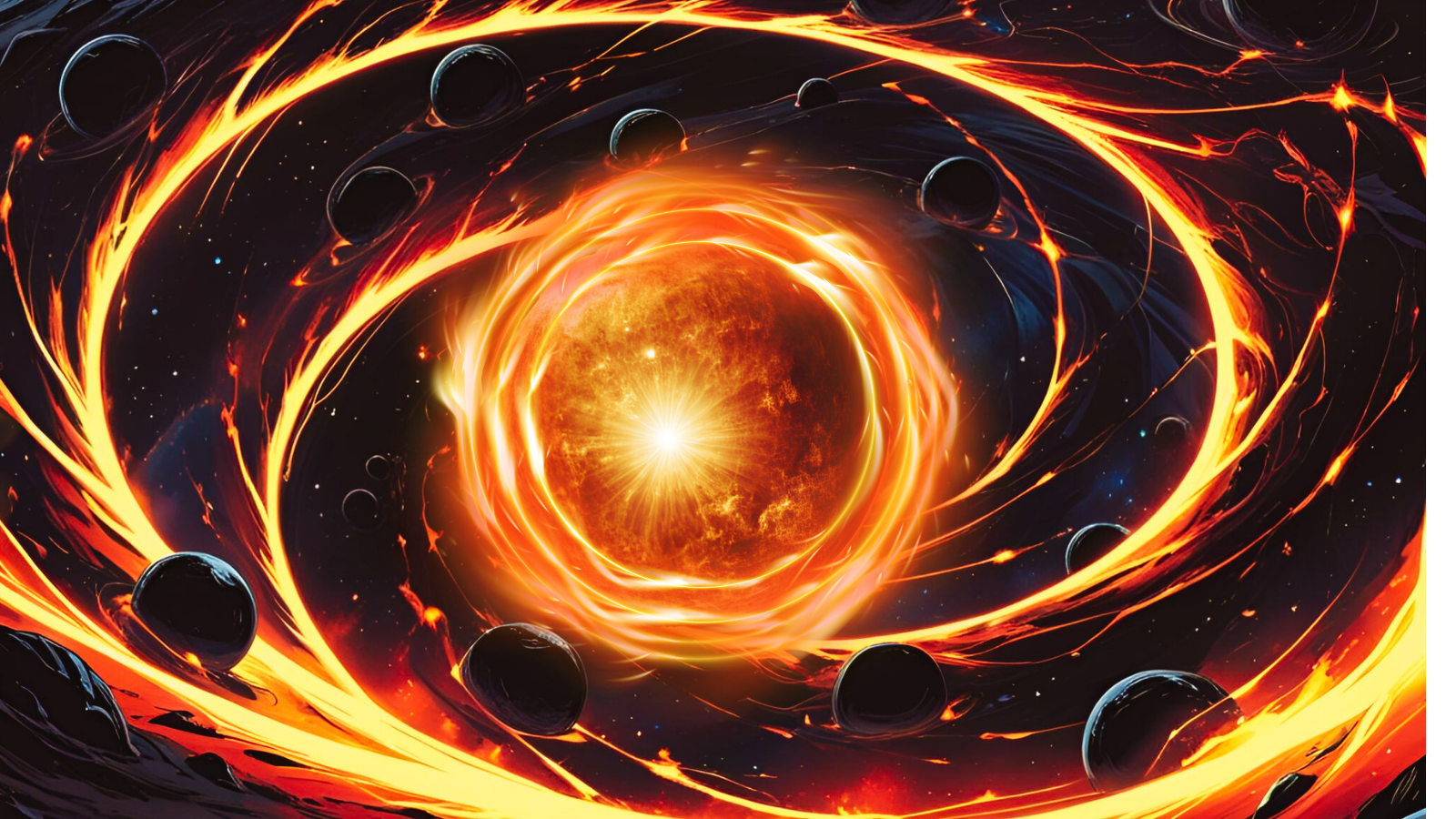
Did 'primordial' black holes born right after the Big Bang help our universe's 1st stars form?
By Robert Lea published
New research suggests that primordial black holes could have played an important role in the formation of the universe's first stars, but did they help or hinder?

Is life widespread throughout the cosmos? Complex organic molecules found in planet-birthing disk
By Robert Lea published
Complex organic molecules that could be the precursors to the building blocks of life as we know it have been discovered in a disk of gas and dust swirling around an infant star.
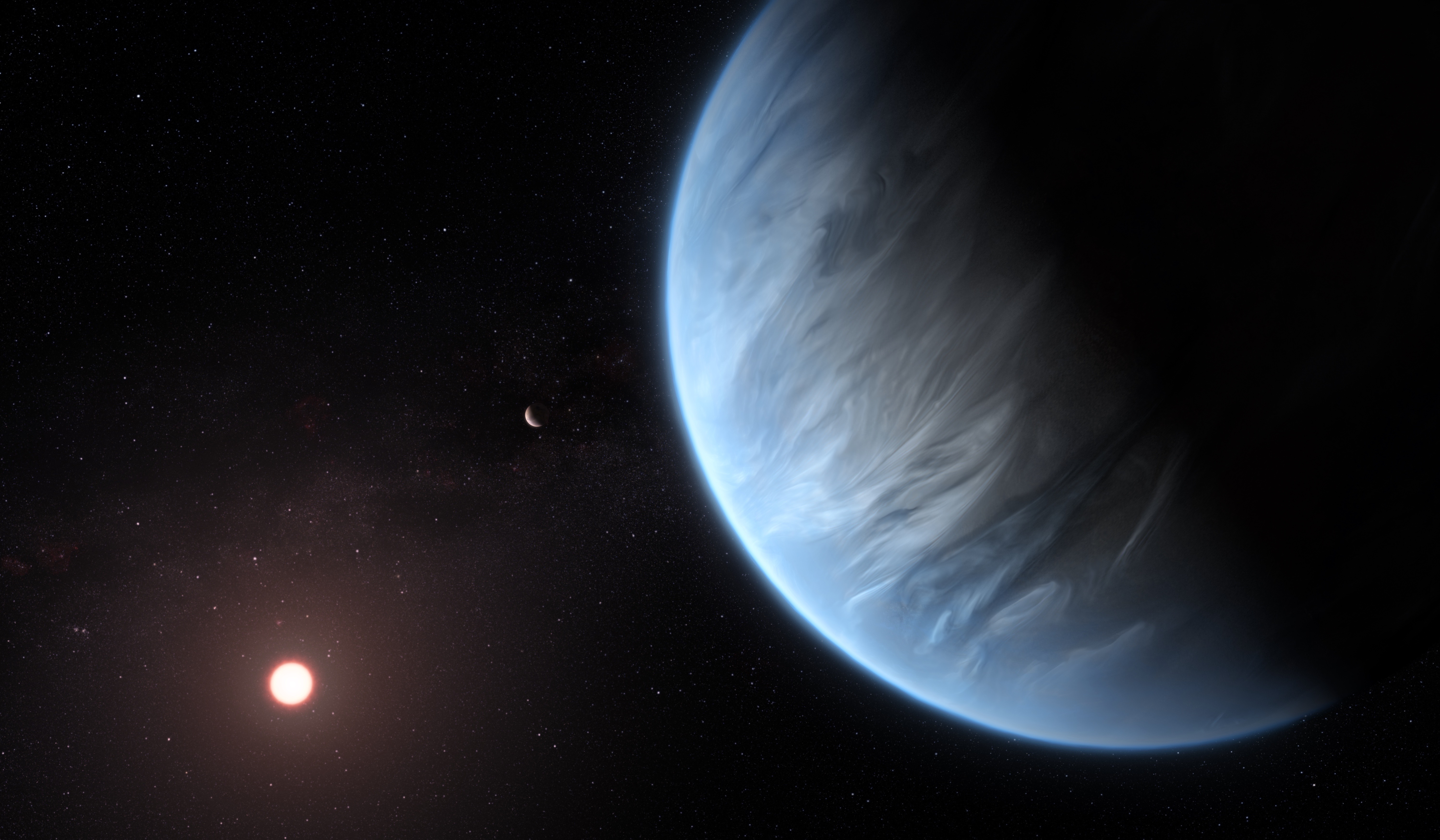
Nearby super-Earth K2-18 b may be a water-rich ocean planet: 'This has certainly increased the chances of habitability'
By Robert Lea published
The search for life beyond the solar system is heating up. Though biosignatures around super-Earth K2-18b remain unconfirmed, the JWST has found the planet could be a water-rich ocean world.
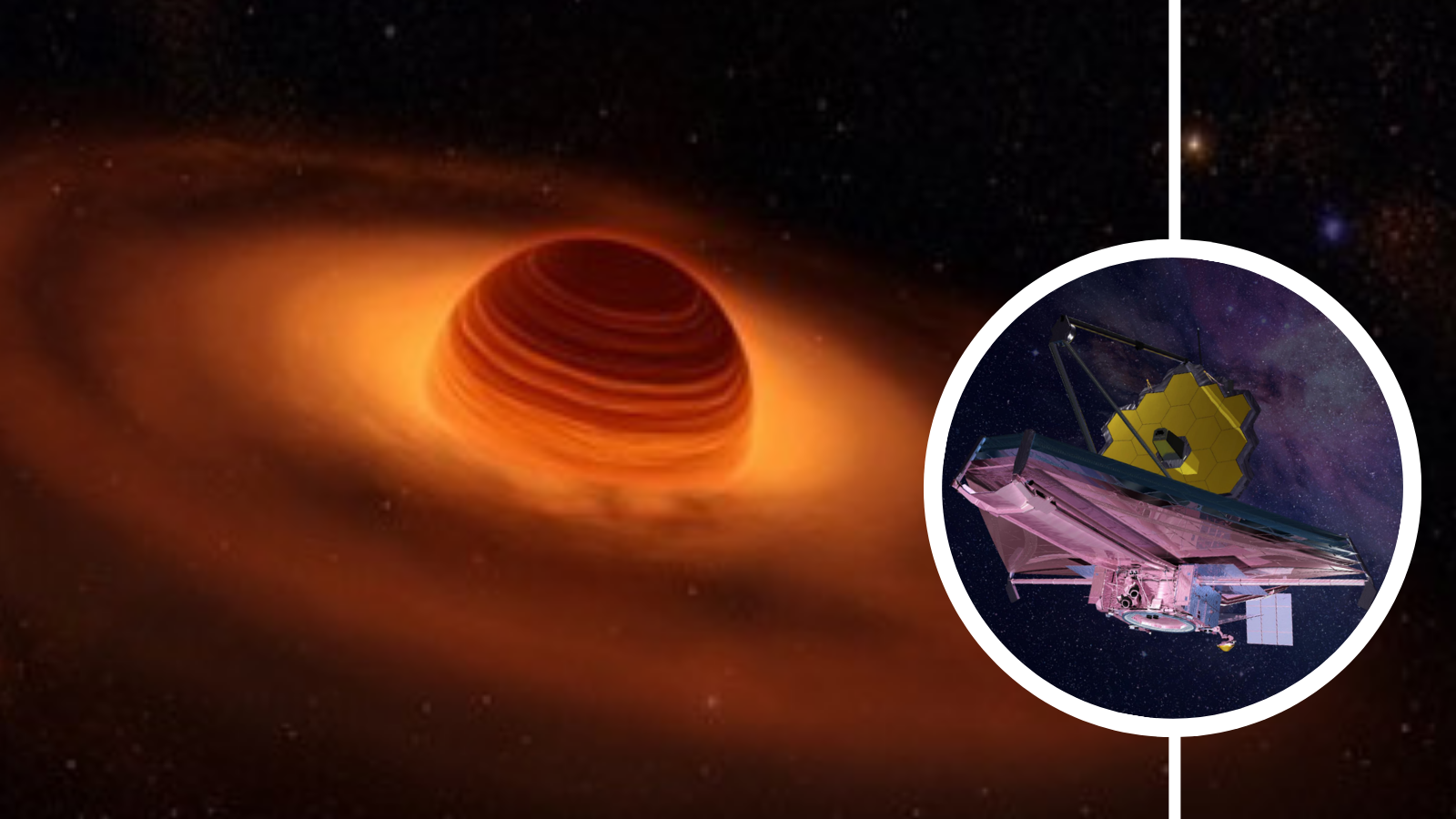
James Webb Space Telescope finds giant, lonely exoplanets can build their own planetary friends without a parent star
By Robert Lea published
Using the James Webb Space Telescope, astronomers have made the shock discovery that giant rogue exoplanets can grow their own planetary systems without needing a parent star.

Hubble Space Telescope spots rogue planet with a little help from Einstein: 'It was a lucky break'
By Robert Lea published
"This discovery was partly serendipity! But, we believe there are many more such opportunities hidden in Hubble data."
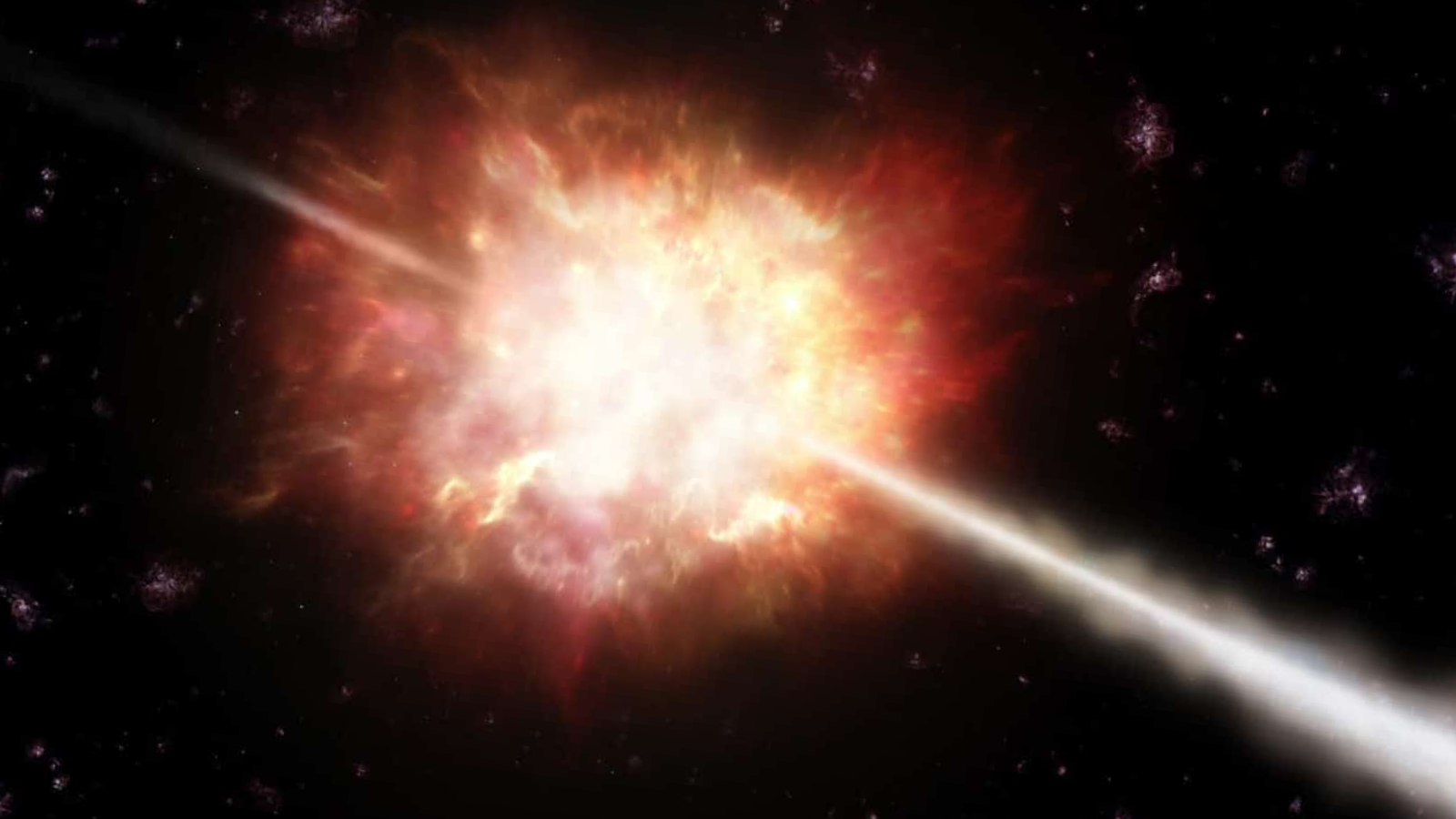
Biggest cosmic explosion on record since the Big Bang is revealing the secrets of gamma-ray bursts
By Robert Lea published
The BOAT is the ruler of all gamma-ray bursts, releasing as much energy in seconds as the sun will in 10 billion years — and it could be revealing the secrets of these extreme cosmic blasts.
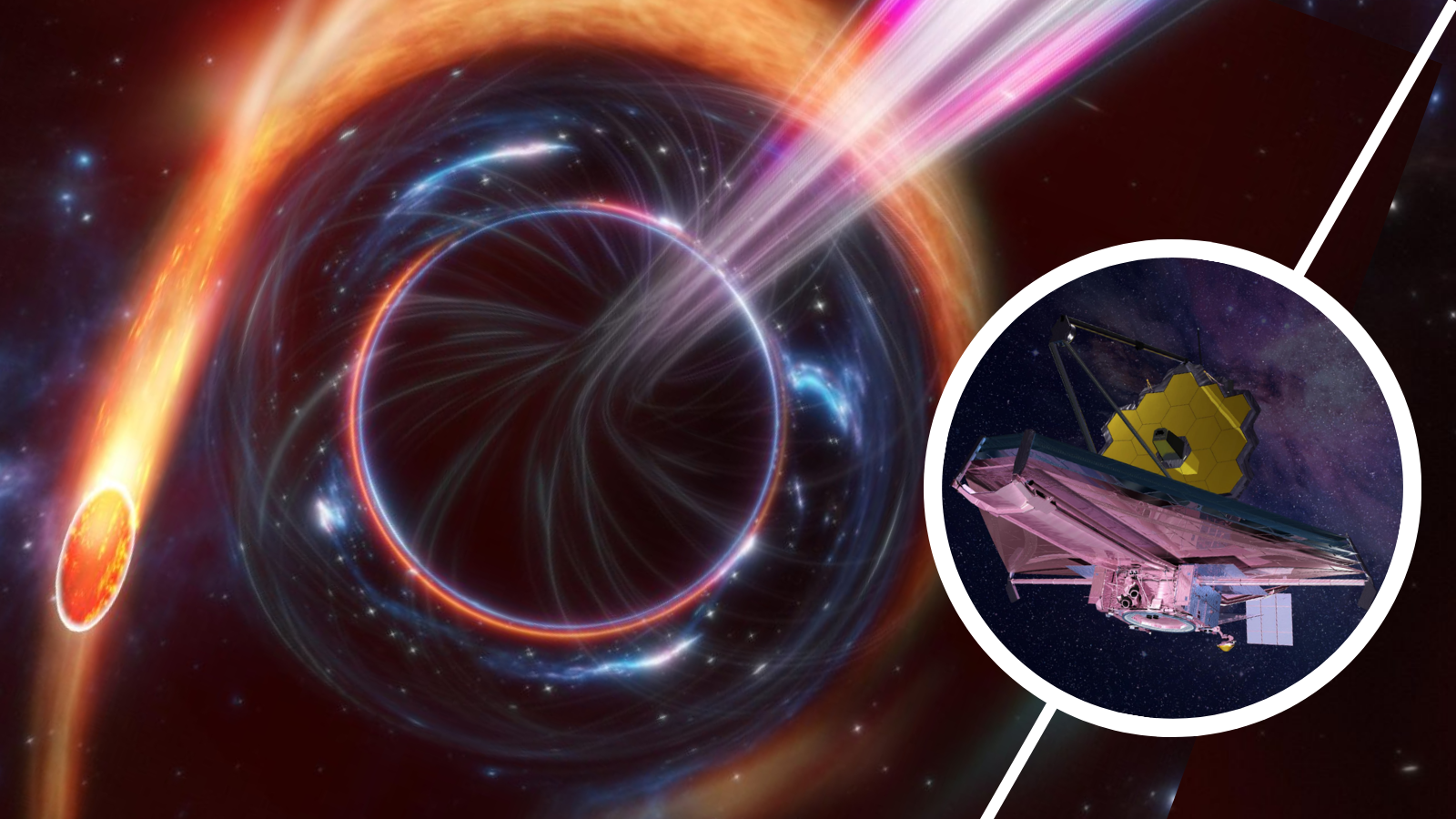
James Webb Space Telescope finds black holes that waited patiently before devouring stars in dusty galaxies
By Robert Lea published
Using the James Webb Space Telescope, astronomers hunted supermassive black holes devouring stars in dusty galaxies — but laying in wait for their stellar victims.
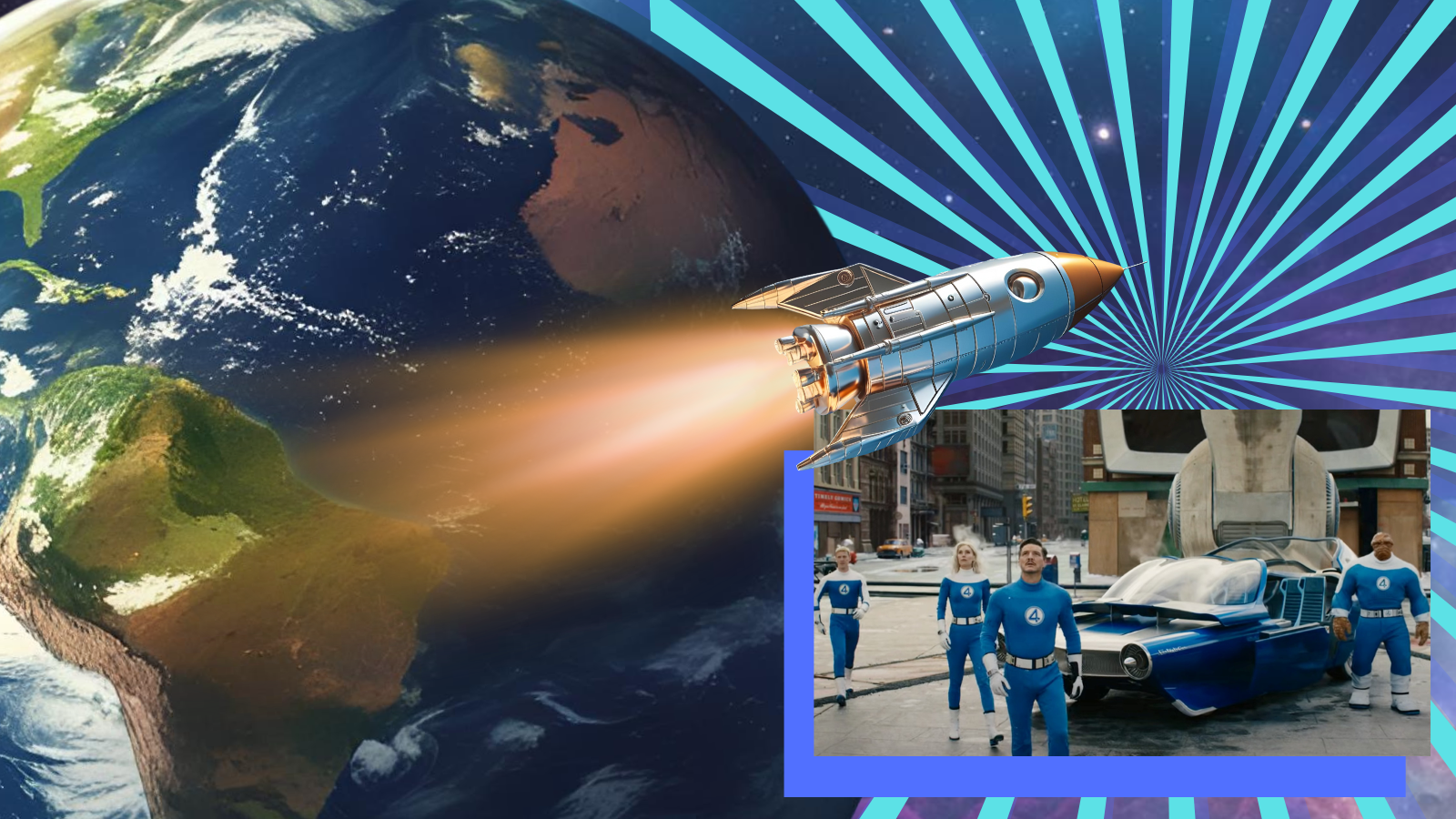
Cosmic rays gave the Fantastic Four their incredible powers — but what do they really do?
By Robert Lea published
It's 1961, and four intrepid cosmic explorers journey to space under the leadership of Reed Richards, where they encounter cosmic rays that change them forever. But what are cosmic rays?
Breaking space news, the latest updates on rocket launches, skywatching events and more!

